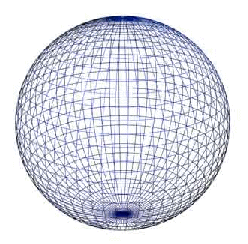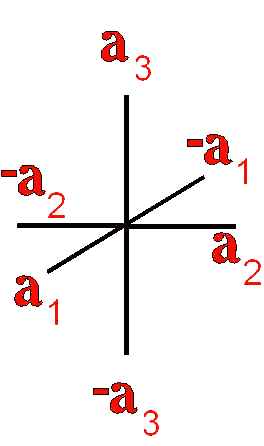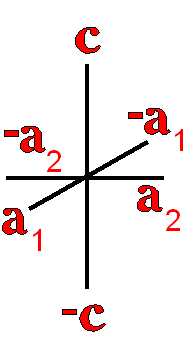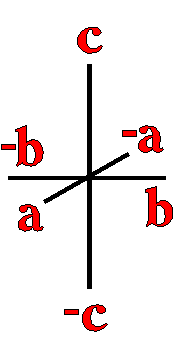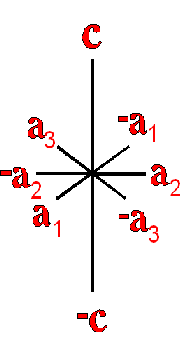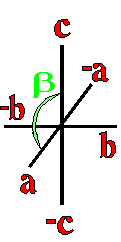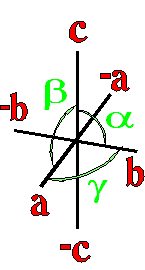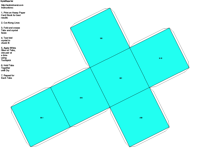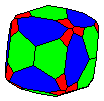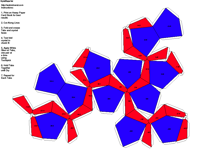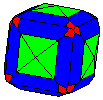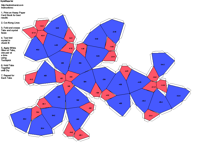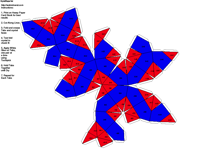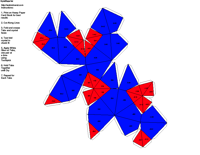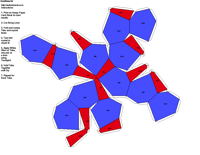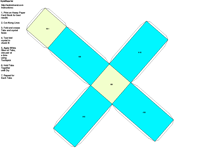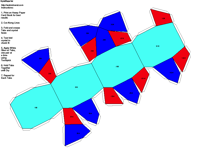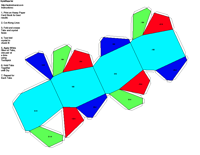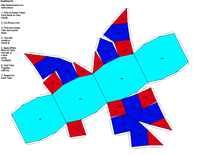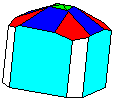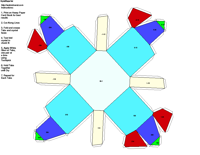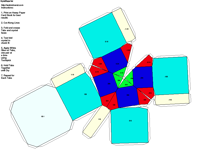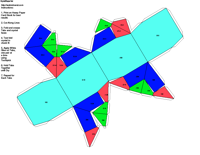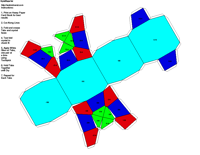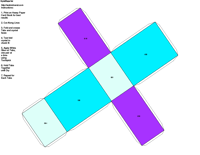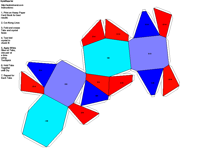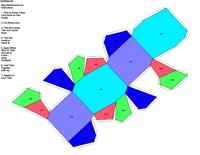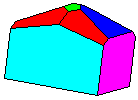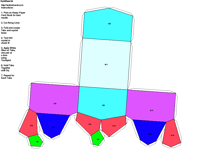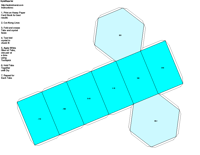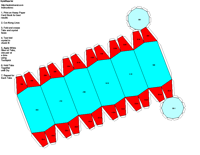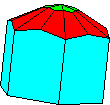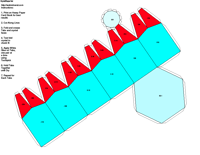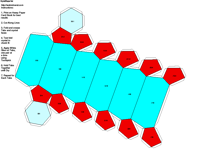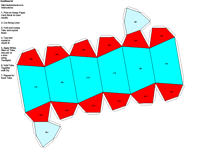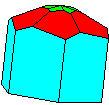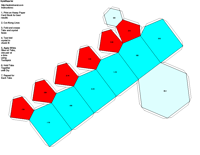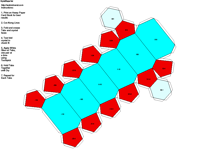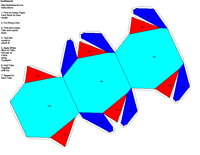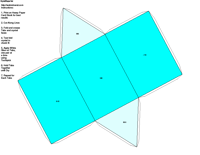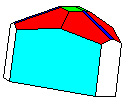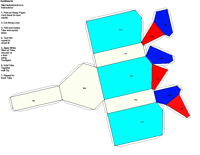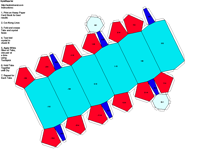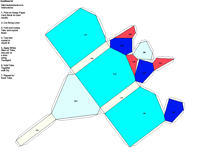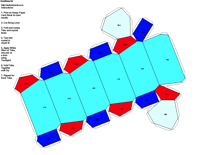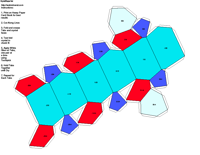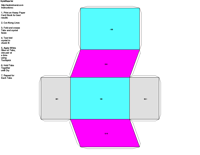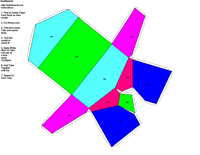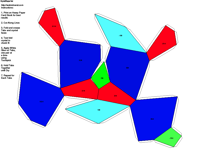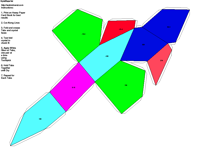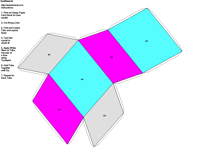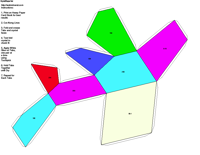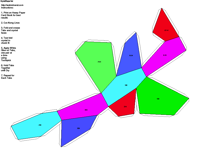|
| Home | Crystal | jmol | jPOWD | Chem | X Ray | Dana | Strunz | Properties | A to Z | Images | Share | News | Help | About |
Crystallography and Minerals Arranged by Crystal Form
Crystal Groups and Classes - Crystallography groups are composed of 32 classes of symmetry derived from observations of the external crystal form. From these 32 classes, 230 space groups are distinguishable using x-ray analysis. For additional information on crystal systems, please review an excellent on-line treatment of this subject, the Introduction to Crystallography and Mineral Crystal Systems by Mike and Darcy Howard. Example Crystal Morphology - To further illustrate these symmetry
elements, the example crystalline forms for each symmetry class were constructed using Faces (version 3.7) by Georges
Favreau for older browsers and a JAVA language program called JCrystal by Steffen Weber
for the java-capable browsers. In addition, Steffen Weber has a new version of
JCrystal called KrystalShaper that can
produce paper models of the example crystals.
The example crystals in each group and class were constructed using the following parameters:
This morphology was used in all the crystal groups and classes for drawing the examples and the stereo images. The higher order forms were selected to best illustrate some of the subtle differences in the symmetry classes. Remember, most real crystals will probably not have similar forms when compared to the examples. Table Crystallography (Mason 68, p18) - The thirty-two crystal classes are summarized by symmetry elements in the following table which is linked to:
ISOMETRIC - Mike and Darcy Howard's Details on The Cubic (Isometric) System
TETRAGONAL - Mike and Darcy Howard's Details on The Tetragonal System
ORTHORHOMBIC - Mike and Darcy Howard's Details on The Orthorhombic System
HEXAGONAL - Mike and Darcy Howard's Details on The Hexagonal System (Hexagonal Division)
TRIGONAL - Mike and Darcy Howard's Details on The Hexagonal System (Trigonal Division)
MONOCLINIC - Mike and Darcy Howard's Details on The Monoclinic System
TRICLINIC - Mike and Darcy Howard's Details on The Triclinic System
|

